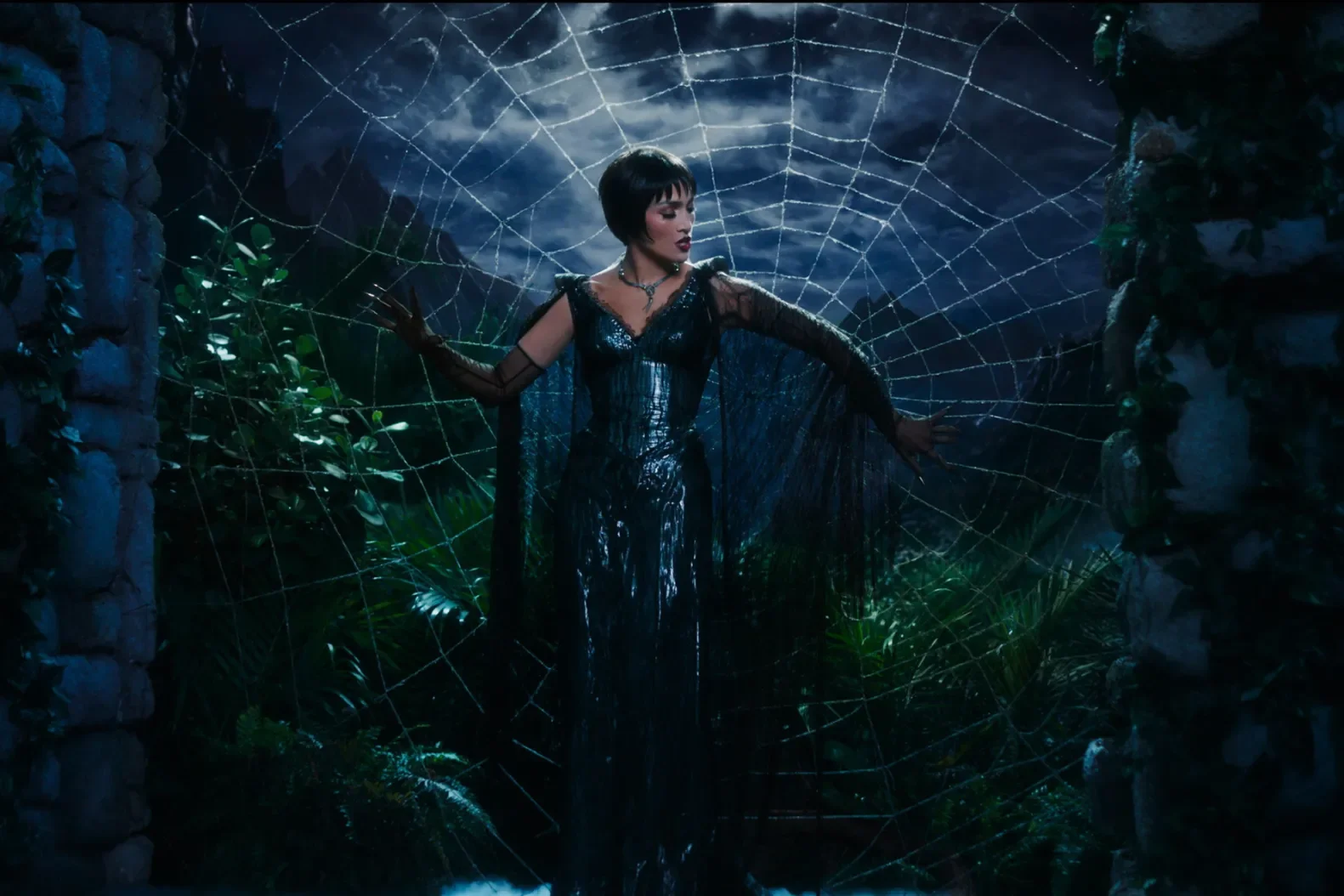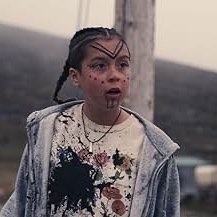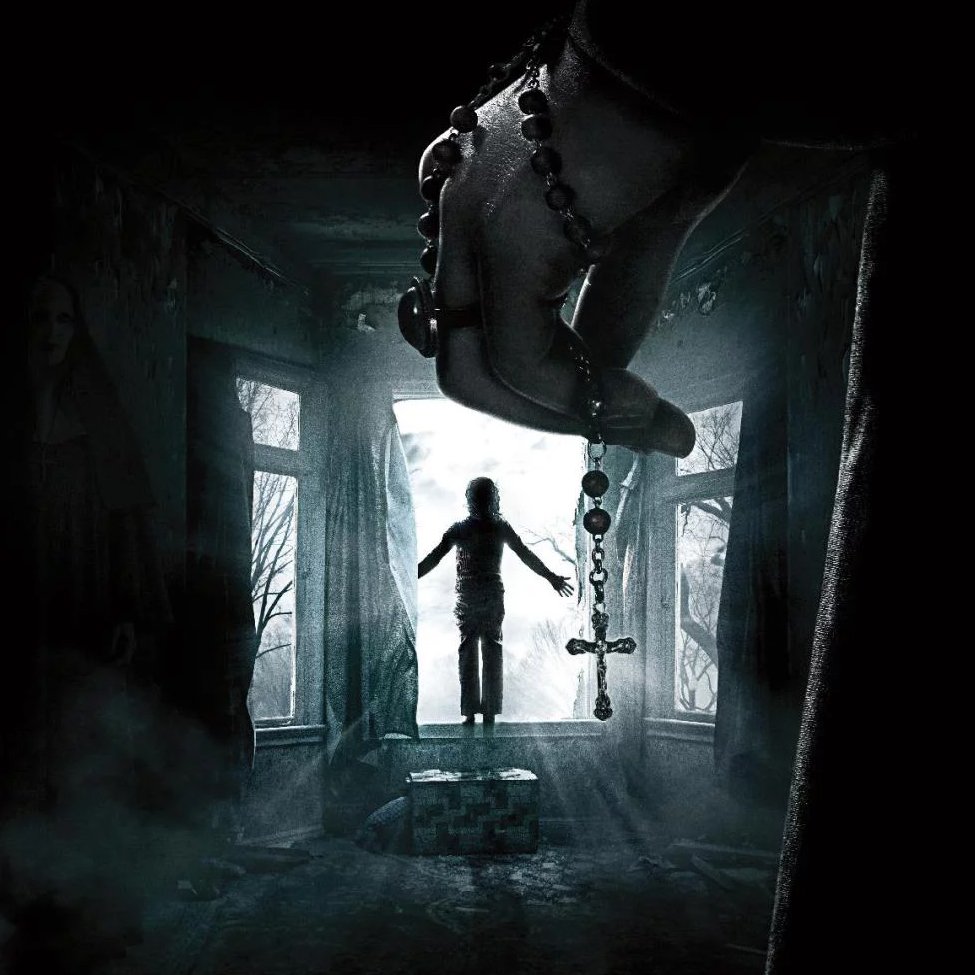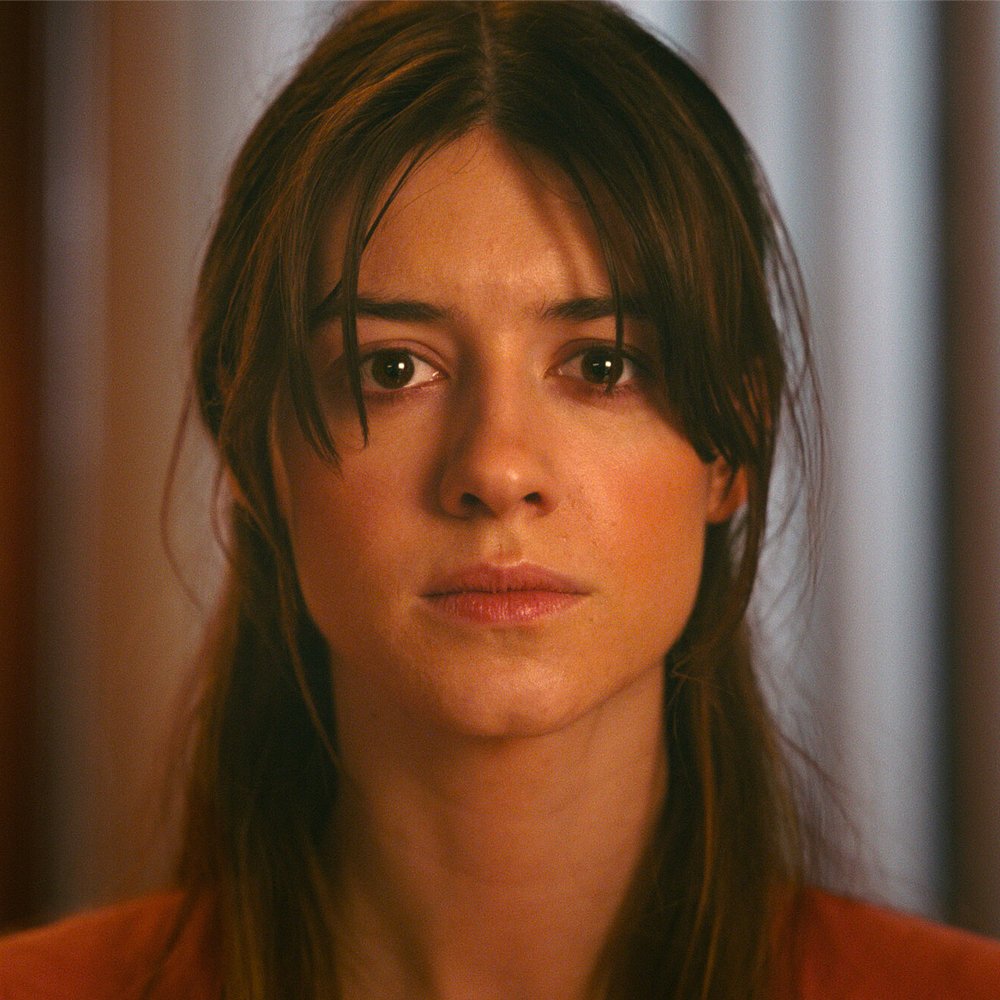The Many Faces of The Texas Chainsaw Massacre
If you’ve toured the pop-culture sphere for any amount of time, you’ve likely heard of The Texas Chain Saw Massacre. However, it’s not guaranteed you’ve seen the movie or any of its eight cinematic children. In Hot Topic, you can find plenty of T-shirts, prop power tools, and rubber skin masks, but these objects fundamentally betray what The Texas Chain Saw Massacre is about. It was a low-budget, auteur film—made at the height of the New Hollywood Movement—that turned out to be a masterpiece. Tobe Hooper, the original’s director, and his screenwriting accomplice Kim Henkel crafted a work of metaphysical terror, the kind that operates on a titanic, almost celestial scale. The Texas Chain Saw Massacre is, at least to me, the greatest horror film ever made.
Over the years, though, the political, sardonic, and purely terrifying elements of that 1974 opus have been scattered. There exist three Texas timelines now, consisting of eight films all competing to reclaim the original’s magic. Recently, I watched all of them. And in subjecting myself to this series, I’ve noticed some interesting patterns and gathered some (I hope) insightful observations.
The Texas Chainsaw Massacre 2, 1986 (Dir. Tobe Hooper)
Before diving into the mayhem that is The Texas Chainsaw Massacre 2 (TCM 2 for short), it’s important that I describe the basic mythos of the franchise. The TCM movies revolve around Leatherface, a hulking serial killer who wears a mask of human skin. Typically, he is joined by a family of cannibals—the Sawyers—and attacks trespassers deep in Texas. Depending on the film, Leatherface is either a mostly autonomous murderer or a victim manipulated by his cunning family. TCM 2 leans into the second interpretation of its chainsaw-wielding star.
Ultimately, what Hooper does is completely invert the original film. The 1974 movie has elements of dark humor, but it’s largely serious. TCM 2, meanwhile, is intentionally goofy. In the climactic scene, Leatherface and Texas ranger Denis Hopper have a chainsaw duel, while Drayton Sawyer—Leatherface’s older brother—laments the decline of American small businesses. Each Sawyer is even given a humorous quirk: Drayton runs an award-winning chili food truck, Chop Top (the stand-in for Nubbins, the fast-talking hitchhiker Sawyer who dies in TCM 1974) has a metal plate in his head that he scratches with a coat hanger, and Leatherface has a bizarre romantic obsession with the film’s “final girl.” As Drayton proclaims to his masked brother towards the end of the film: “You have one choice, boy: sex or the saw!” Leatherface is a family man, so he chooses the saw.
Formally, TCM 2 is competently assembled, briskly paced—despite being the longest in the series—and entertaining. By wearing its goofball parody identity on its sleeve, the film becomes an endearing inversion of horror formulae, though it does little to rekindle the macabre vision of the original.
Leatherface: The Texas Chainsaw Massacre 3, 1990 (Dir. Jeff Burr)
TCM 3 was famously marred by studio involvement. New Line Cinema was threatened with an X rating that would kill the film’s ticket sales, so director Jeff Burr was forced to trim the violence. As a warning to would-be censorers, the box office returns were disappointing even with the coveted R rating.
I won’t comment much on this entry beyond the behind-the-scenes intrigue, though, because I don’t like wallowing in disaster. TCM 3 is technically a return to tonal form; it’s much more overtly scary than its predecessor. But in so doing, it becomes typical slasher schlock. There’s a new batch of Sawyers in this one, most of whom lack all personality with the exception of Viggo Mortenson’s Tex. Leatherface is a slow-witted goon, and all of his victims are generic Hollywood archetypes with no texture. Somehow, even horror legend Ken Foree is squandered.
The Return of the Texas Chainsaw Massacre, 1995 (Dir. Kim Henkel)
I don’t want anything to do with The Return of the Texas Chainsaw Massacre. Though directed by the co-writer of the original, it is one of the most misguided sequels I have ever seen. This batch of Sawyers terrorizes high schoolers back from their prom like in a Friday 13th movie, eats pizza instead of human flesh, and pledges loyalty to the Illuminati. Men in suits show up in the third act to clean up the mess, like some kind of meta gag about the commercial disaster on screen.
While I admire its gutsy originality, The Return is an incoherent farce that thinks it’s a cunning parody. Audiences agreed with me because, despite being theatrically released a second time as The Texas Chainsaw Massacre: The Next Generation, the film garnered truly pitiful box-office receipts ($186,000).
The Texas Chainsaw Massacre, 2003 (Dir. Marcus Nispel)
TCM 2003 is a remake of the original, plain and simple. Riding the wave of Eli Roth’s new millennium, pessimistic, post 9-11 horror, Nispel’s Chainsaw Massacre is grimily authoritative and smugly gruesome. It substitutes the Sawyers for the Hewitts, a new family of cannibals headed by the local sheriff, played by R. Lee Ermy (Yes, that R. Lee Ermy from Full Metal Jacket).
This entry is brutal, contains some surprisingly strong performances, and absolutely no subtlety. With Michael Bay as a producer, it shouldn’t be a surprise that the film trades its cultural capital for thrills, but to the film’s credit, these thrills are mostly well-accomplished. Overall, it’s an exercise in futility, like a preschooler fingerpainting the Mona Lisa, but at least the filmmakers returned an unpretentious movie, the kind that studios struggle to make in the ever-expanding reboot-culture quagmire American cinema has been entrenched in for the last two decades.
The Texas Chainsaw Massacre: The Beginning, 2006 (Dir. Jonathan Liebesman)
Following the box office success of the 2003 remake (107-million-dollar gross against a paltry 9.5-million-dollar budget), Platinum Dunes quickly pursued a prequel, one set four years before the events of Nispel’s film. I have major thematic concerns with The Beginning, mainly in its attempt to explain the origins of Leatherface, but I will save such commentary for 2017’s Leatherface, which is the more egregious offender in this regard. On its own merit, The Beginning is a minimally competent film. Visually, it has the same grit as its predecessor, and it lays claim to comparable mean-spirited energy, but it lacks a fearsome bite, despite the gore. Frankly, the film’s principal problem is its similarity to TCM 2003. Structurally, they are identical, which is to say mimetic of the original. If you interspersed the scenes of TCM 2003 and The Beginning, I’m not sure I could figure out which shots belong to which film. At that point, it would just be a pile of dismembered parts, an oddly poetic consequence I suppose.
Texas Chainsaw 3D, 2013 (Dir. John Luessenhop)
Unlike most of the other major horror franchises, The Texas Chainsaw Massacre IP is not owned by a single studio. Since the 1990s, it was under the banner of Freddy’s own New Line Cinema, but once their rights expired, Lionsgate picked them up and produced Texas Chainsaw 3D (sometimes just Texas Chainsaw) and the prequel film Leatherface. Both movies ignore all the previous entries except the original.
I’ll be succinct with Texas Chainsaw 3D: it’s the worst in the entire series. It features a terrible iteration of Leatherface—a drooling ape with almost no agency or fearsomeness—and an unnecessary series of revisions to the Sawyer family lineage. TC 3D makes the Sawyers out to be misunderstood individualists who are warped by crooked cops and small-town mob violence. Frankly, this element of the film is eerily similar to Halloween Kills, another ludicrous legacy slasher sequel. Even the practical gore effects, one of the few hallmarks of this inconsistent franchise, have been replaced by cheap-looking CGI blood showers. It’s a mess of a film only worth viewing with a completionist’s mindset.
Leatherface, 2017 (Dir. Alexandre Bustillo, Julien Maury)
As I alluded to, I find the concept of a story trying to “explain” Leatherface’s origins to be colossally misguided. Leatherface in the original film is a giant of symbolic terror. He is the embodiment of chaos, a force of evil that cannot be reasoned with or understood. He is the hammer of America’s sins, from brutal capitalism to racial oppression. He is the violent recursion of generations of evildoers who wore but a mask of human skin. Unsurprisingly, Leatherface fails to communicate that idea. Narrative simply is not an artistic form equipped to explain Leatherface, and I’d argue that it would be a futile exercise even in an experimental setting. By trying to explain why what’s scary is scary, it ceases to be scary. I wish studios would consider this when writing endless horror prequels and sequels.
It doesn’t help that the movie has a bland script and uninspired directing, only marginally enhanced by a few instances of extreme viscera clearly informed by the French New Extreme movement.
Texas Chainsaw Massacre, 2022 (Dir. David Blue Garcia)
Texas Chainsaw Massacre (you can tell it’s modern because they dropped the “the”) is one of the more interesting installments in the series. It’s very clearly derivative of 2018’s Halloween, that is a legacy sequel meant to pair with the original film but which doesn’t totally erase the previous continuity. Yet, TCM 2022 is too weird to be encapsulated entirely by that comparison.
As a positive, the film features a strong iteration of Leatherface: he’s menacing, motivated, and intelligent. He lays traps for his victims, outsmarts the protagonist at multiple junctures, and has a clear motivation. And it’s a good thing that Legendary Pictures did right by Leatherface because he flies solo in this one. The lack of the Sawyer family certainly saps some of the soul from this entry, but at least the central cannibal is well drawn.
What’s fascinating is the film’s attempt at modernization. Of course, Garcia includes plenty of call-backs—including a stand-in Sally from the original film meant to ape Jamie Lee Curtis’s return in Halloween 2018—but these moments are silted and forced. TCM 2022 is more interested in bizarre gun commentary, in which a school-shooting survivor must pick up a firearm to finally defeat Leatherface. If that sounds in poor taste, it’s because it is.
But that’s the odd part. TCM 2022—allegedly a safe, studio product—has ugly politics all over it. A Black man confronting a Confederate flag? Check. Ignorant white gentrifiers? Check. A busload of Instagram influences getting brutally murdered by Leatherface? Big, bloody check.
That last one is the absolute highlight of the movie. Before getting chopped up like Osiris, one of the influences even says: “Try anything and you’re canceled bro.” Here, Leatherface becomes a blunt instrument of anti-progress—an old pop-culture object given symbolic momentum—to tear down the culture of today. Really, I am not sure of Garcia’s angle; TCM 2022 could be read as die-hard conservative or even faintly liberal.
Those points of thematic intrigue don’t wholly elevate what is ultimately a piece of gory schlock, though. It’s an inconsistently-acted, unsubtly-written, and nostalgia-heavy film released direct to Netflix. The high art of the original appears in no form here, but at the very least TCM 2022 is so baffling and brutal that it earns attention.
Overall, the Texas Chainsaw Massacre series is inconsistent. But that’s fitting. It doesn’t belong in the horror Holy Trinity (Halloween, Nightmare on Elm Street, Friday the 13th). And that’s because the original film is much greater than any of those other classics I listed. Tobe Hooper’s masterpiece has more in common with Taxi Driver than a modern slasher. As a result, the sequels and prequels are all tonally, thematically, and formally diverse. When the blueprint is so advanced, replication isn’t so easy. However, the series does have a remarkable ability to conform to whatever the greater trend is in horror cinema. The Texas Chainsaw Massacre can, poetically, wear many faces, but none of them quite fit.
Popular Reviews








































